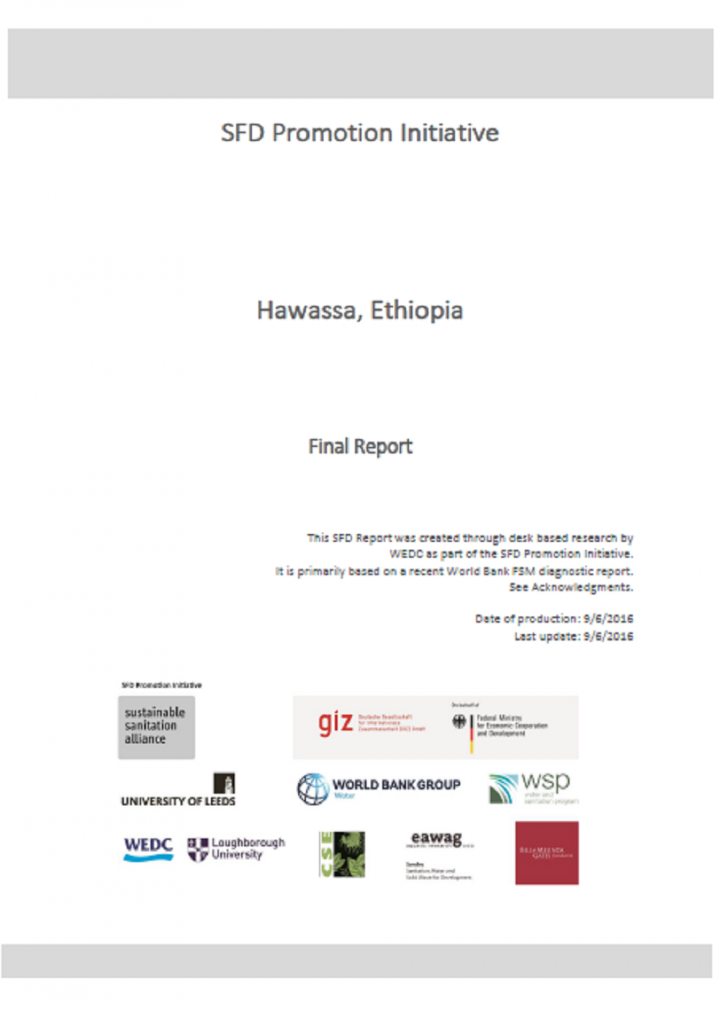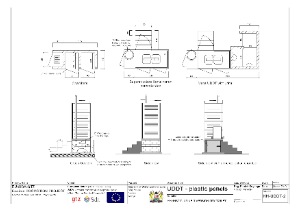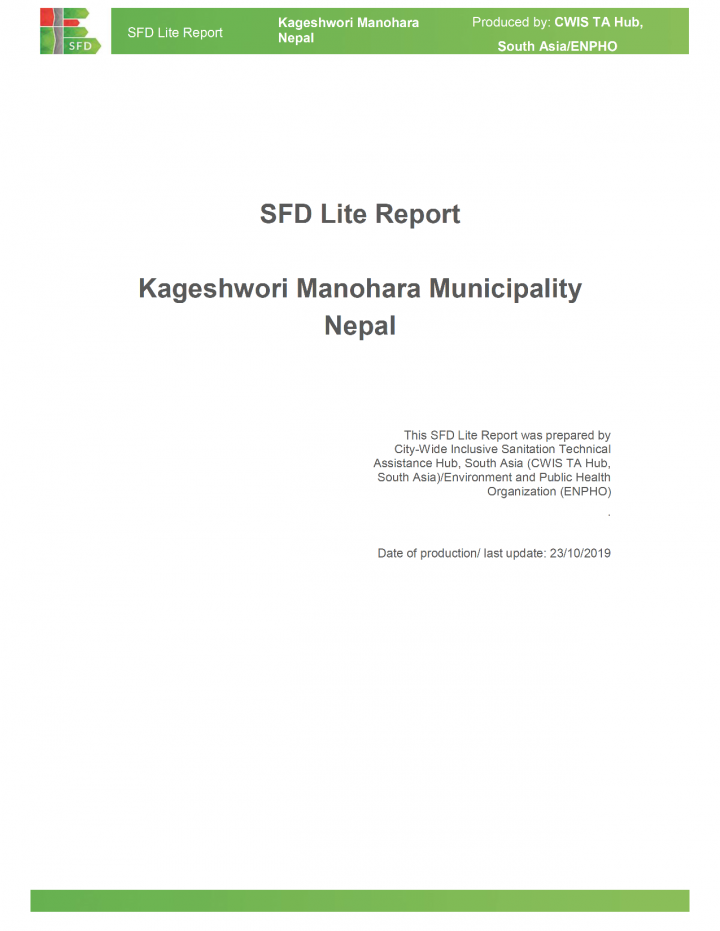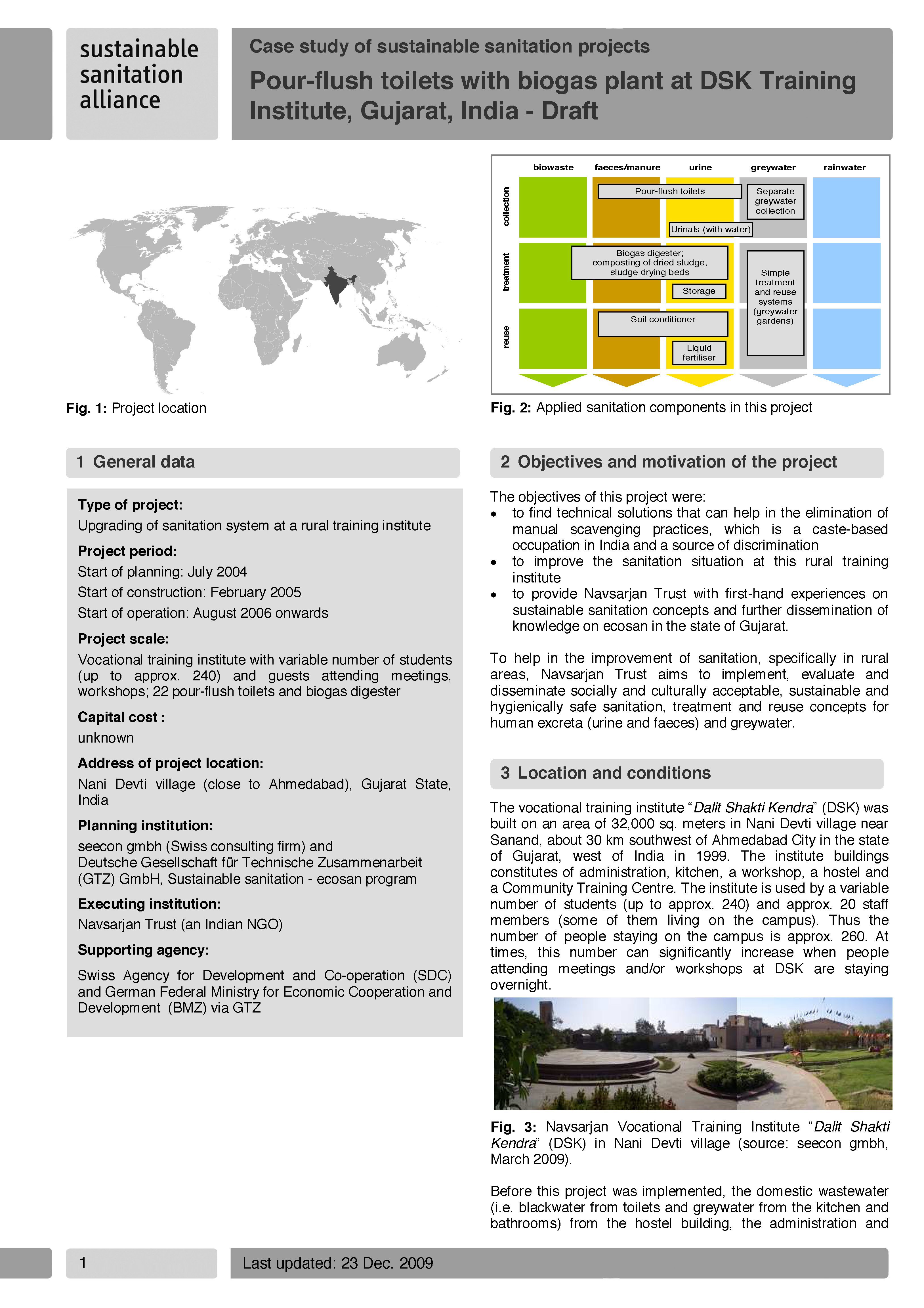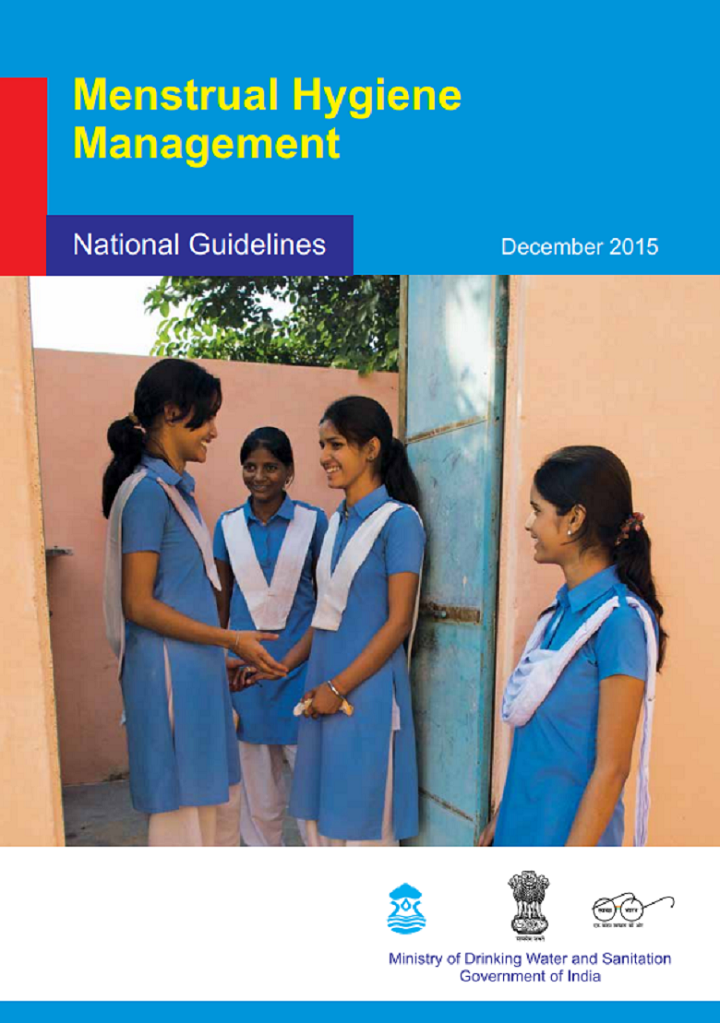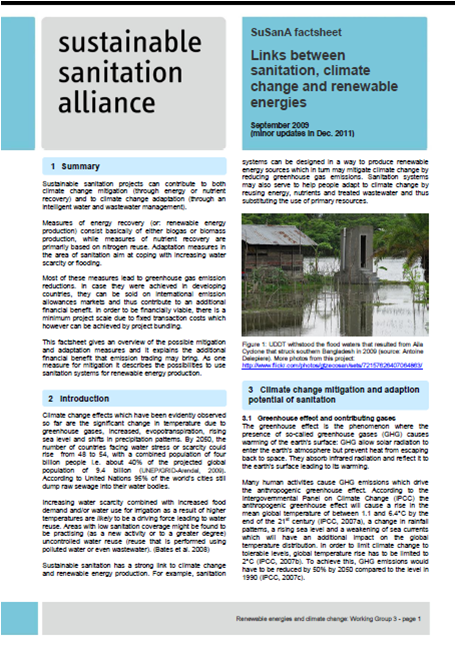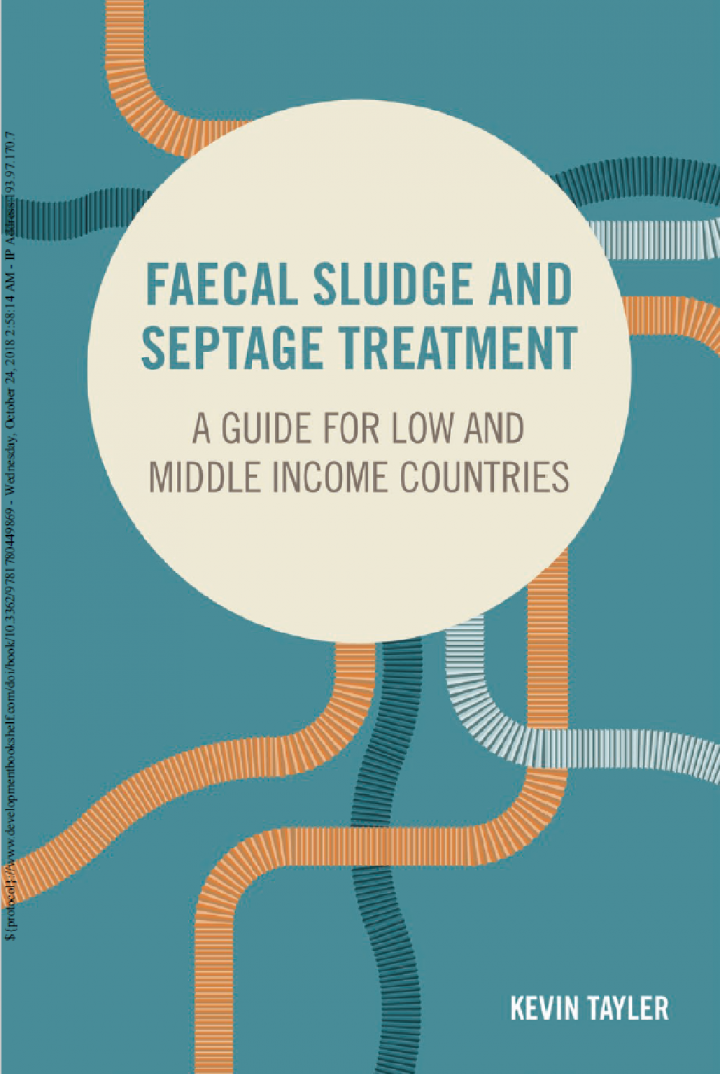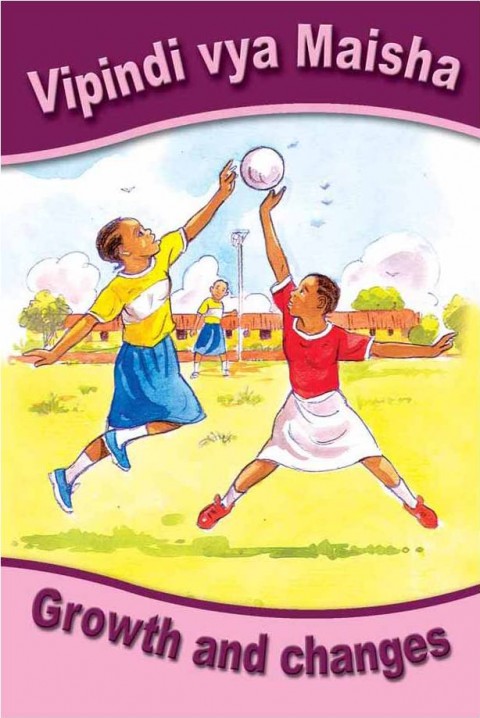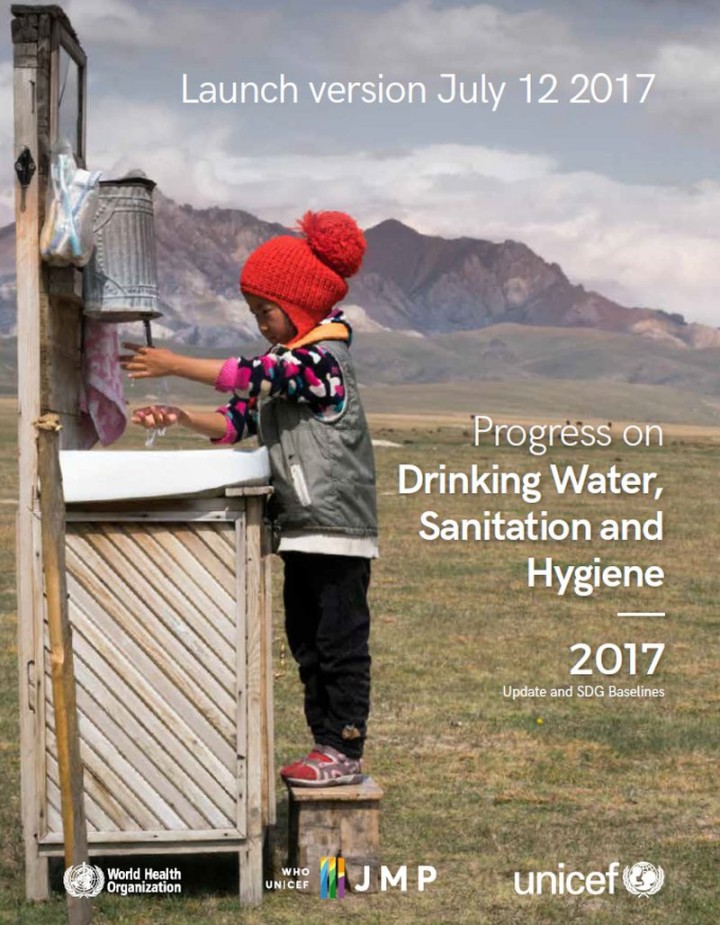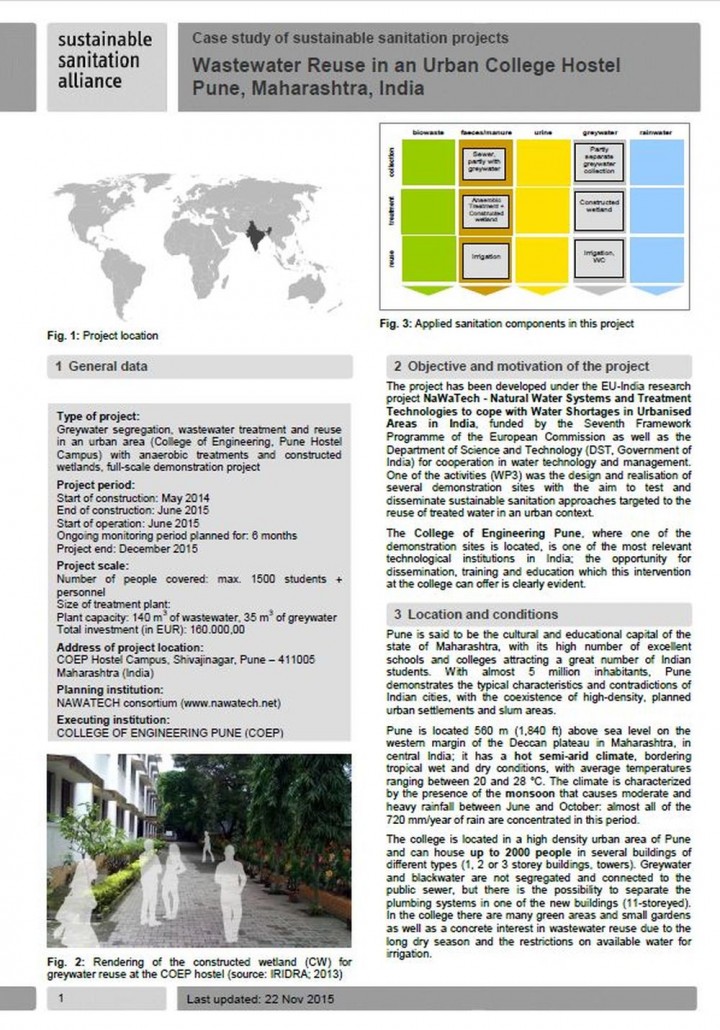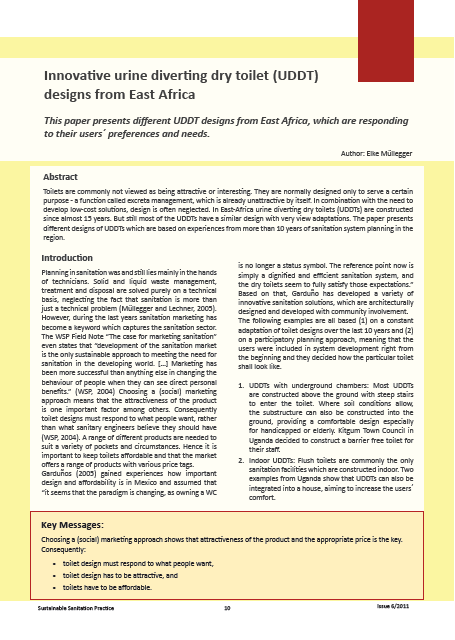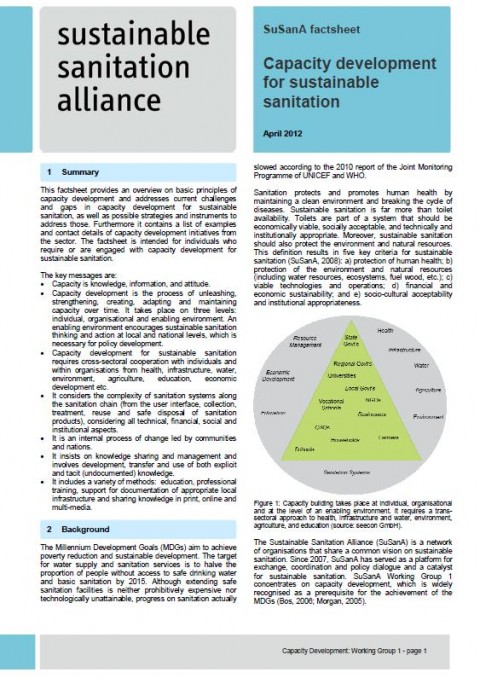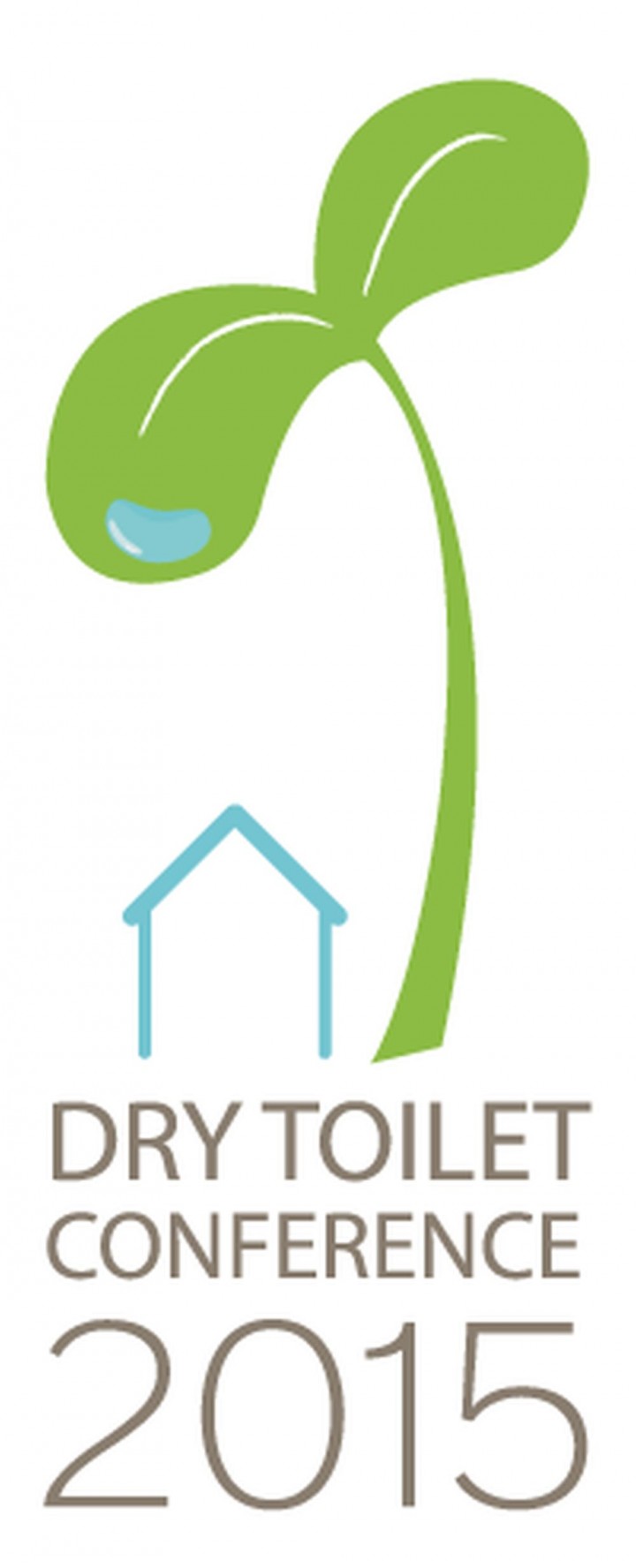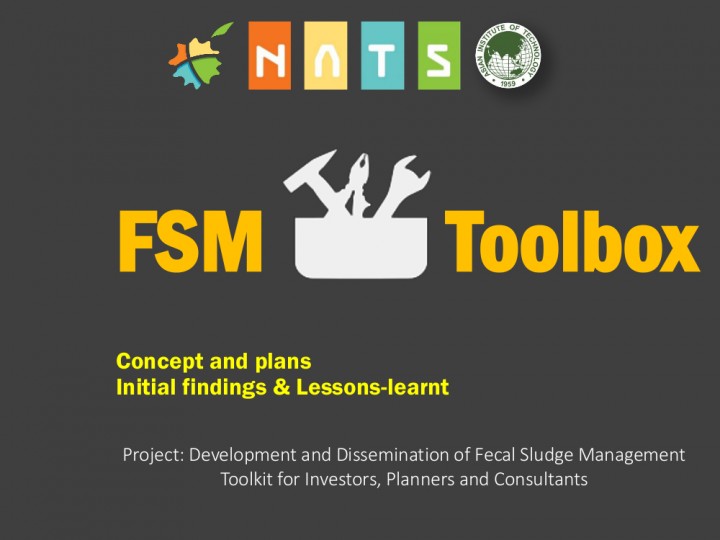Searching for information on Sanitation Workers?
The Sanitation Workers Knowledge + Learning Hub is the best source for all current news, trends, articles and updates on sanitation workers rights around the world.
Hawassa is the capital of the Southern Nations, Nationalities and People’s Region in Ethiopia. The Ethiopian Central Statistical Agency estimates that the population of Hawassa is 351,469 and it has an annual population growth rate of 4%. 100% of the population is reliant on onsite sanitation. The most popular sanitation technology being semi-lined pits (56%). Although the SFD shows that 75% of …
Aizawl, capital of Mizoram state, lies in east Himalayan region of India. It is the largest city of the state. Area under municipal council, which is 103.93 sq.km, has been chosen for the study. Aizawl Municipal Council (AMC) is further divided into 19 Wards. The population of city under AMC, as per 2011 Census, is 293,416 persons. The density of City is 2,823 persons per sq.km which is very high …
The 2030 Agenda for Sustainable Development puts sustainability at the forefront of global development. Since 2008, the Sustainable Sanitation Alliance (SuSanA) has been engaged in advocating for sustainability issues in sanitation. This background document describes how sustainable sanitation links to all SDGs and outlines challenges and opportunities this represents. It complements the revised …
This Programming Guidance outlines essential parts of MHH programming, characteristics of good programming and examples of good practice.
It features 5 main sections:
- A global opportunity: explaining the global interest in supporting MHH
- Programm design: principles, government leadership, situation analysis, theory of change, costs
- Core package of interventions: framework of essential …
Kageshwori Manohara Municipality is located in Kathmandu district in Province No.3 of Nepal. The total population of the municipality is 102,235 residing in 26,166 households. People rely on either municipal water supply or from other sources. The main sources of drinking water are public tap, well and household bore water.
27% of the population are dependent on centralized combined sewer, 33% …
This Manual has been developed for trainers of WASH and for health practitioners, to enable them to speak confidently about an issue that is regularly shrouded in silence, and which impacts upon women and girls health, education and livelihoods. The Manual includes a series of learning units (LUs), which are aimed at teaching practitioners how to improve menstrual hygiene for women and girls. It …
The book includes detailed descriptions of all the process steps to be followed during the production of biogas, from the preparation of the suitable substrate to the use of biogas, the end product. Each individual stage is assessed and discussed in depth, taking the different aspects like application and potential into account. Biological, chemical, and engineering processes are detailed in the …
Menstruation is a natural, normal biological process experienced by all adolescent girls and women, yet it is not spoken about openly causing unnecessary embarrassment and shame. India’s 113 million adolescent girls are particularly vulnerable at the onset of menarche. At this time they need a safe environment that offers protection and guidance to ensure their basic health, well-being and …
Sustainable sanitation projects can contribute to both climate change mitigation (through energy or nutrient recovery) and to climate change adaptation (through innovative sanitation systems and wastewater management).
Measures of renewable energy production consist basically of either biogas production from waste water or biomass production through the use of waste water to grow short …
This book deals with the treatment of faecal material and supernatant water removed from on-site and decentralized sanitation facilities and systems. Its main focus is on treatment facility design but this can never be viewed in isolation. Rather, it must reflect local conditions, start from a realistic assessment of the load on the plant, and take account of the final destination of the liquid …
The WHO/UNICEF JMP has published its first report of the SDG period, Progress on drinking water, sanitation and hygiene: 2017 update and SDG baselines. The report introduces and defines the new indicators of safely managed drinking water and sanitation services. Estimates of safely managed drinking water services, the indicator for SDG target 6.1, are presented for 96 countries, while estimates …
The project has been developed under the EU-India Research project NaWaTech - Natural Water Systems and Treatment Technologies to cope with Water Shortages in Urbanised Areas in India, funded by the Seventh Framework Programme of the European Commission as well as the Department of Science and Technology (DST, Government of India) for cooperation in water technology and management. One of the …
The Global Dry Toilet Association of Finland organizes an International Dry Toilet Conference every three years in Tampere, Finland. The 5th conference took place at the Tampere University of Applied Sciences on 19th to 22nd of August 2015. The theme was Dry Toilet Conference 2015 – Solutions. The conference is an excellent platform for all actors working with ecological sanitation to network …

